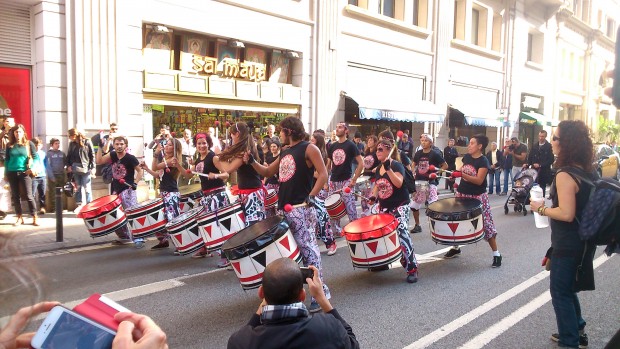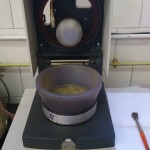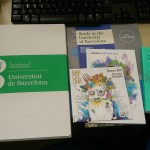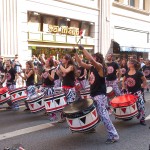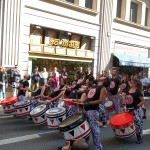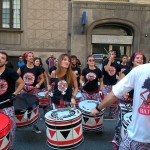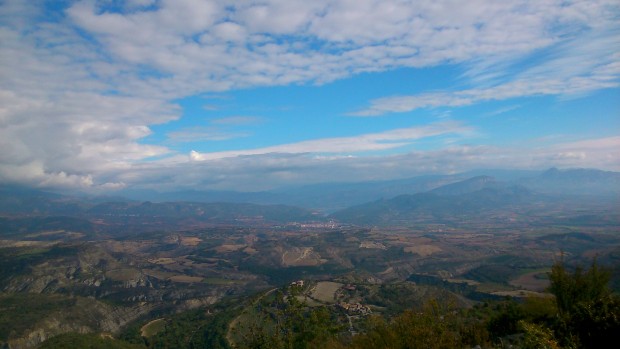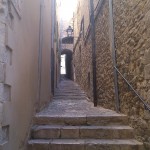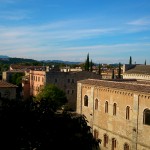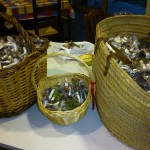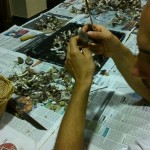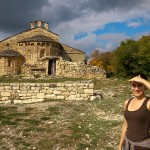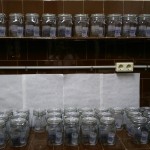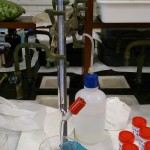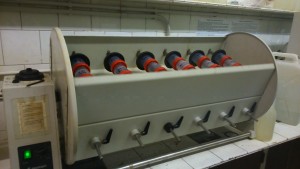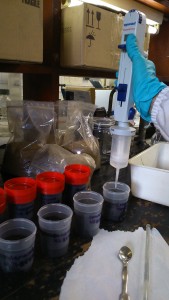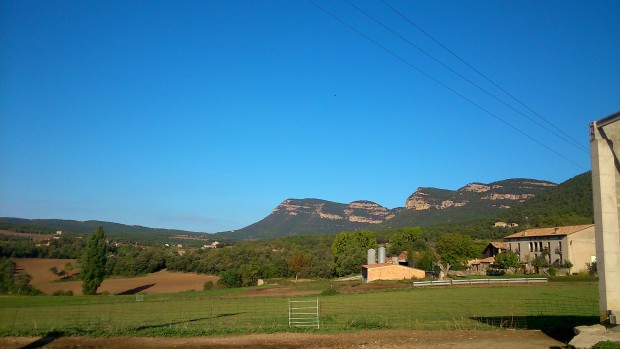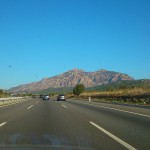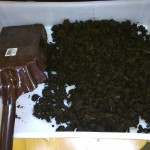This week was quiet. On Monday, the titration measurements were still off so after readjusting some things, the measurements on Wednesday were finally consistent. The problem before was due to my embarrassingly poor chemistry skills. Thankfully Joan never makes me feel like an idiot; he might be thinking it, but maybe he knows I feel that way already so no need to mention it! At least I learn from my mistakes and I know I’ll do it right the next time. I can definitely say I’m learning a lot of new skills here. When Joan works out the chemistry calculations with me, he’ll always ask, Am I right? Let me know if I’m doing this wrong. And I’m like, Carry the one….Just kidding. Since he does it all quickly like he’s done it a million times, I’ll usually just go back to my desk and try and follow his steps to get the same numbers at my own pace, so I understand how to do it. I feel, though, that I could get the hang of doing the calculations and learn how to make solutions properly. However, quite a deeper understanding is required to know what reactions are going on when this solution is added to that and why that is happening; in other words, molecules moving around to attach to something else and keep the equation balanced. This stuff I’m sure I did in high school and is pretty basic for anyone studying chemistry, but for me, it all feels so sciency I feel like I’m practically Marie Curie! (I can’t compare, I know.)
While the soils are incubating and now that it’s going well and respiration measurements will be once a week, I have time to do other analyses. So next week I will begin extractions of dissolved organic carbon (C) and mineral nitrogen (N). This is something I did during my Master’s at McGill University. However, that’s as far as I went. Once the extractions were done, we would hand them over to the lab technician who would run it through an auto-analyzer to determine the mineral N, while the organic C was measured on a Total Organic Carbon (TOC) analyzer. Here, however, they don’t have those machines. So after the extractions, I will also be analyzing for mineral N and organic C, all by myself. This requires a few more chemicals and then running samples on a spectrophotometer. There is definitely something to say about automatic machines versus benchtop chemical analysis: one is way quicker and easier than the other. However, doing the chemical analyses by hand forces you to understand all the steps and know what’s going on. In preparation for analysis of total C and N (that will be determined by a machine, thankfully), I started grinding soil samples using an electronic mortar and pestle. It was pretty cool. Other than that it was a pretty quiet week in the lab. Oh, I did get my UB welcome packet this week (a month and a half later, but still)! Along with an English-Catalan/Catalan-English phrasebook, info about the UB and Barcelona, and an agenda, I also received a visiting student card that gives me access to the library, the athletic centre, an email account and wifi. It’s nice to feel I belong to a university community again, that they know I’m here.
Outside of my lab life, I thought I’d leave you with something a little more exciting: photos of my sister playing with her batucada group, Batala Barcelona, last Saturday, a No Car Day in Barcelona. There were a few streets in Barcelona closed off to cars and only for pedestrians and bikes. My sister and her group walked up and down the Via Laietana in downtown Barcelona for an hour, pounding their drums and twirling their sticks in the air while a crowd of people, including myself, followed them taking pictures and filming. It was a lot of fun to watch.
- My sister is the one with the red headband
